Your car or truck is made of extraordinary materials. Read on to learn what they are.
What Are Cars Made Of Other Than Steel?
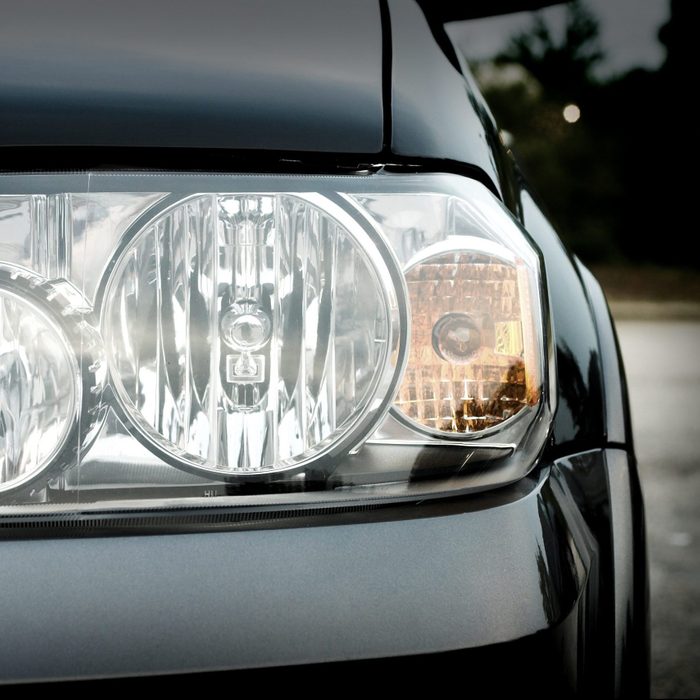
While recently working on a car, I was surprised to discover a sharp engine knock that was occurring because of a worn timing gear. I was even more surprised to find gear teeth made of plastic fiber compounds, similar to compressed fiberboard. These had ground away, preventing them from engaging a hardened crankshaft gear.
Today, non-traditional materials make cars and light trucks more dependable, efficient and environmentally friendly. Lower electric vehicles (EV) prices—and tax credits—are partly due to their use of sustainable materials, like micro glass bubbles, and boron nitride composites that dissipate battery heat.
Parts fabricated from steel, complex structural composites, plastics, alloys and polymers lower the overall weight of a vehicle, increasing fuel economy. These materials and the way they’re fastened preserve body rigidity while providing excellent ride comfort and passenger safety.
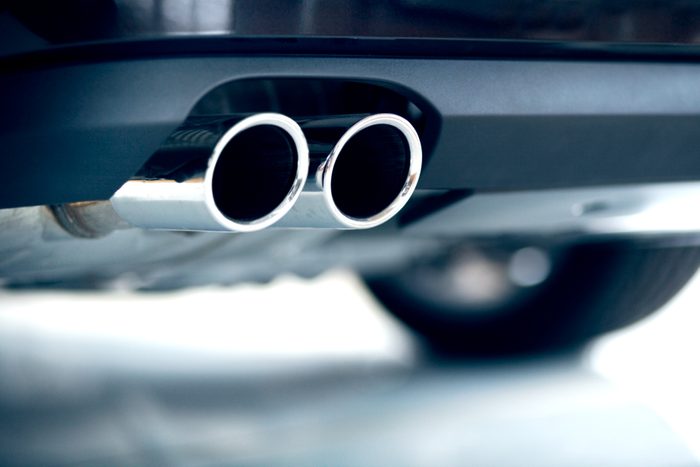
Steel
Not surprisingly, this is the most common material in car manufacturing. Strong, readily available and easy to fabricate, it’s found in the exhaust, brake and suspension systems, as well as the engine, wheels, chassis and roof. Steel is used in EV motors and also reinforces non-metal chassis.
Examples of different types of steel in cars include:
- Advanced high-strength steel: Provides an excellent balance of light weight, strength and toughness. Used for doors, frames, undercarriages and bumpers.
- High carbon steel: Inexpensive and resists wear and tear. It lacks flexibility and can be brittle and rust. It’s found in the same applications as high-strength steel, plus bearings, suspension, chassis and the drivetrain.
- Alloy steel: Iron fused with other elements. It’s expensive and employed for specific applications. Ferrovanadium (iron and vanadium) is a high-impact alloy found in springs and shocks. Ferroaluminum (iron and aluminum) in exhaust and cooling systems is lightweight, heat-resistant and easy to fabricate.

Plastics
A broad term to cover an array of polymers, car plastics are fashioned from petroleum by-products. Polymers have unique qualities and characteristics that can be customized for many uses. They’re durable, corrosion resistant and flexible, making them easy to fabricate without losing their toughness.
Since they’re lightweight, plastics are used in everything from the engine to trim, headlamps, carpets, gas tanks, bumpers covers and more. Sooner or later, plastics may overtake steel as the No. 1 material in car manufacturing.

Aluminum
You’ll notice a theme here: Because it’s lightweight, strong, durable and malleable, aluminum can be fashioned into lots of car parts. Think wheels, cylinder heads, mirrors, water pumps, transmission housings and more.
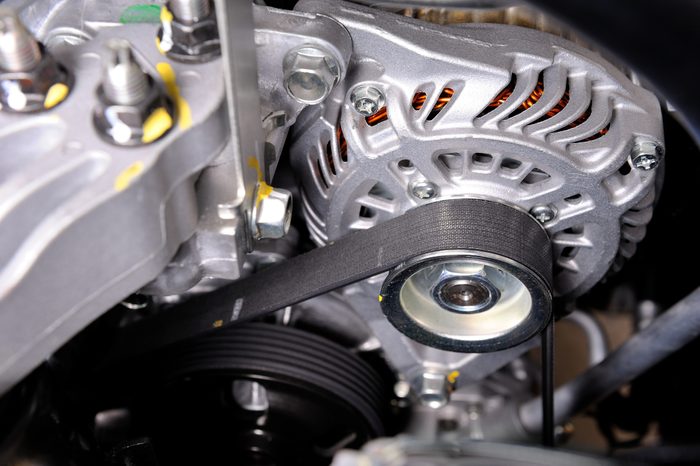
Fiberglass
Lightweight, strong and three times less dense than steel, fiberglass can be easily fabricated into many shapes for rear bumpers, hoods, doors and vehicle bodies. Due to the high tensile strength, fiberglass also reinforces timing bets. Abrasion resistant woven fiberglass is also found in brake pads and clutch disks.
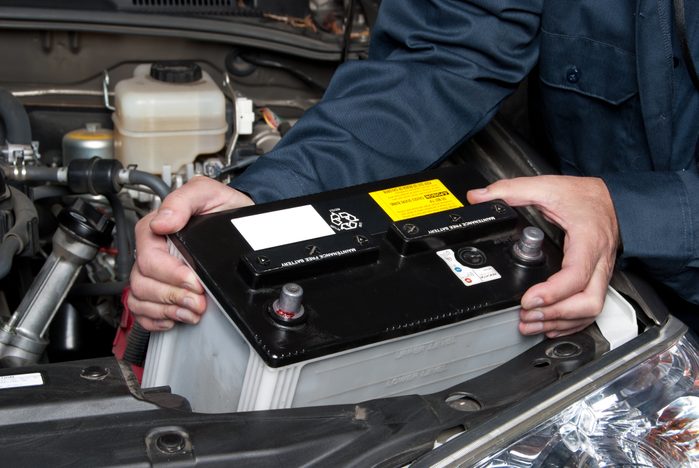
Lead
You’ll find this in conventional car batteries and wheel weights used to balance tire/wheel assemblies.
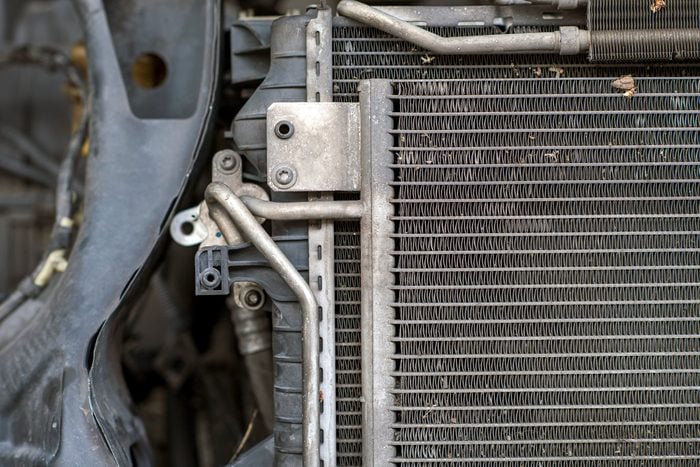
Copper
Copper wires run throughout your car, mostly in electronics. Copper alloys like brass are used in bushings. It won’t stick to the surface of other metals, making it outstanding for main engine bearings. Offering excellent heat conductivity, it’s also found in radiators and heater cores.
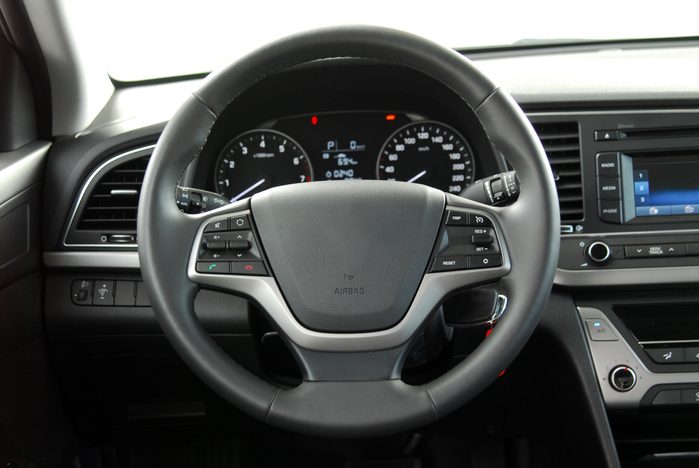
Magnesium
Lighter than steel or aluminum, magnesium’s high strength-to-weight ratio makes it ideal for automotive applications. It’s commonly found in transmissions, suspension systems, steering columns, control actuators, airbag housings, steering wheels and seat frames.
Magnesium is prone to corrosion, especially salt. It needs a protective coating like chrome, epoxy or polyester resins when exposed to the elements.
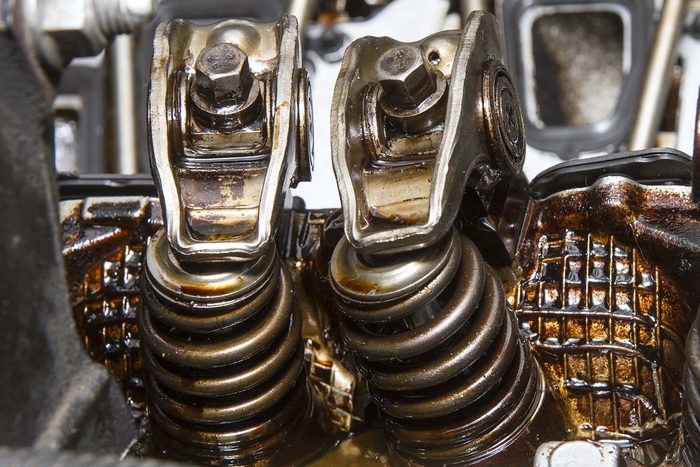
Titanium
Though expensive, titanium is extremely lightweight and resists corrosion. It’s stronger than other metals with the same density.
Hard to fabricate, titanium is mainly found in internal combustion engine (ICE) components like valves, valve springs and piston connecting rods, as well as the exhaust systems of luxury sports cars. It’s ideal for an EV chassis because it protects the expensive batteries that make up 25% of an EV’s weight.
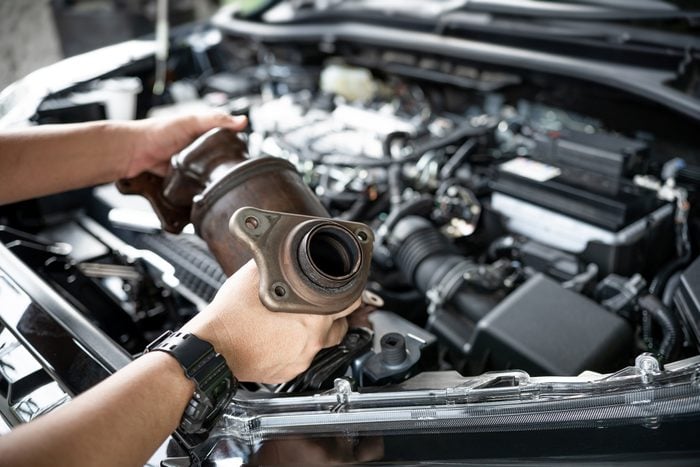
Noble Metals
One reason for the uptick of stolen catalytic converters are the noble metals encased inside — platinum, palladium and the extremely rare rhodium. Palladium sells for nearly $2,500 an ounce, while rhodium is a mind-blowing $18,600 an ounce!
All three have a wide range of applications. In an ICE, they act as a catalyst to change smog (unburned fuel) into carbon dioxide and water vapors.
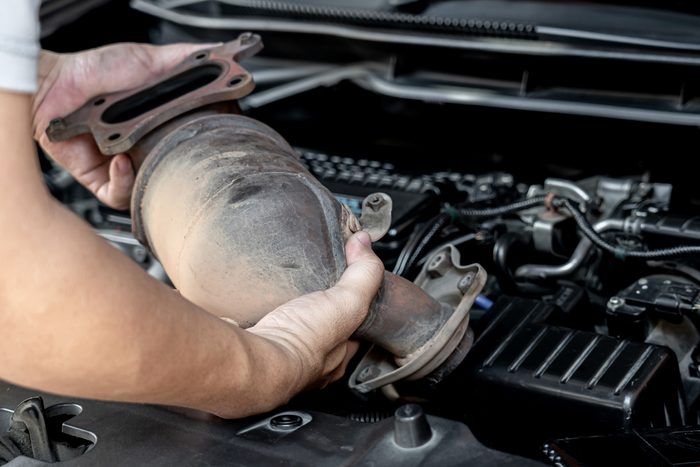
Rare Earth Metals
These are fashioned into magnets extensively used in hybrid vehicle electric motors and frictionless bearings. They’s also commonly found in engine sensors, catalytic converters, anti-lock brake controllers and radio speakers.
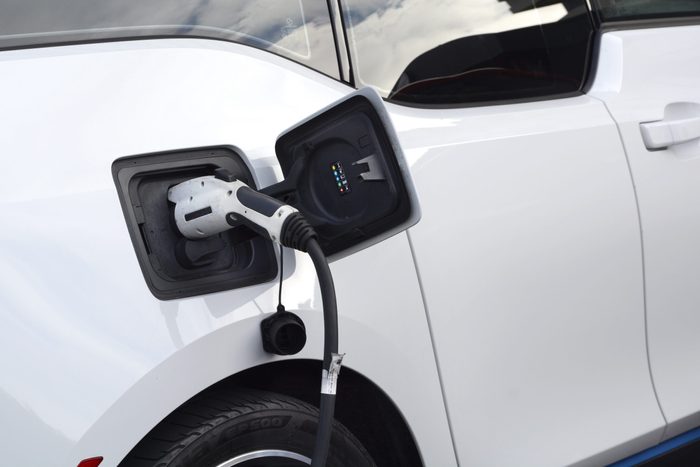
Electric Vehicles
Although EVs lack a catalytic converter, other pricey materials factor into their construction. EV batteries contain up to 80 percent nickel and 15 percent cobalt, as well as natural graphite, silicone and lithium. High-aluminum content bauxite in wheels keep an EV as light as possible.




















